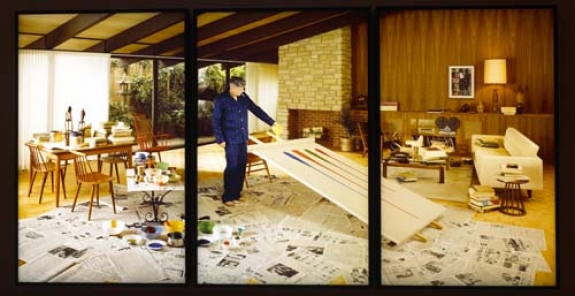A legal fight over artists’ copyrights in Canada may come to a head this month in a hearing scheduled for 20 and 21 June, which is likely to have wide-ranging repercussions. Two government-appointed organisations are looking to boost the status of artists in a complaint against the National Gallery of Canada. The museum argues that this could lead to increased costs for exhibitions of national artists.
The controversy stems from a 1992 law, Canada’s Status of the Artist Act, which recognises the right of certified groups to bargain collectively on work issues with Canadian “federal producers”, a definition that the museum meets.
The organisations, Canadian Artists’ Representation/Le Front des Artistes Canadiens (Carfac) and the Regroupement des Artistes en Arts Visuels du Québec (Raav), are seeking to establish copyright fees for any works by Canadian artists displayed or owned by the National Gallery.
The case highlights a peculiar element of copyright law in Canada: the “exhibition right”. Under this law, the owner of any work created after 7 June 1988 cannot display it without the copyright holder’s permission, which could mean paying a fee to the artist each time a work is exhibited. Most Canadian museums try to negotiate the long-term right to display works they acquire at little or no fee. An extra exhibition fee is generally paid if a post-1988 work is borrowed.
“Canadian visual artists simply want the same working conditions from the National Gallery of Canada that artists in other sectors enjoy, including binding minimum fees for the use of their pre-existing works. This is consistent with the spirit and intention of the Status of the Artist Act,” said Gerald Beaulieu, a Prince Edward Island-based artist and president of Carfac.
The National Gallery argues that copyright obligations fall under Canadian copyright statutes, which protect artists’ rights to control the reproduction and exhibition of their work. The museum says that collective bargaining should not be used to resolve copyright questions as it is meant to apply to services performed by artists such as performances, lectures, tours or for the labour of installing exhibitions—but not to art that has already been produced.



